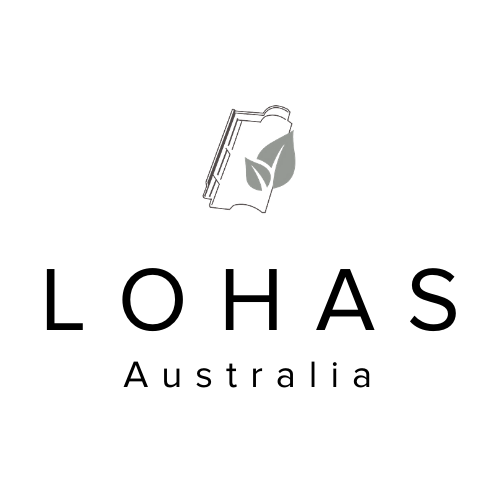Danish Series
/Dematerialization is one of the most important topics for product development at Egernsund Wienerberger. The first step has already been taken with LESS – the world's first soft-laid brick with three holes in the middle, which reduces material consumption by 10%.
At Egernsund Wienerberger, we are working to achieve completely CO 2 -neutral production by 2050, and already today our product development is well underway to deliver an important plan towards the goal. Under the heading of dematerialisation, we develop completely new types of bricks with significantly lower material consumption, which can simultaneously meet all the technical requirements and design wishes of architects and builders.
- Dematerialization means that we remove material from the individual brick, so that we reduce the need for raw materials, the need for firing and the need for drying. At the same time, we reduce the transport load and make the bricks easier to handle on the construction site for the benefit of the working environment, explains our Head of Product Management Rikke Ask and elaborates:
- We are already on target with bricks that retain exactly the same properties and appearance as traditional soft-laid bricks, but with 10% lower material consumption. Now we are also starting to look at changing formats and geometry, so that, for example, we will soon be able to deliver new, narrower and thinner brick types with an even better environmental footprint.
Major technical breakthrough opens up new product development The commitment to dematerialization has already spawned a completely new product family in the form of LESS, which is the world's first soft-polished brick with three holes in the middle. It can be produced in a wide range of colours, firings and textures just like our traditional soft-laid bricks, and it can also be used for exactly the same joints and constructions. But raw material consumption is reduced by 10% due to the three central holes.
And although it may sound and look simple to make holes in a brick, it is actually a great technical challenge to achieve. This is explained by our Managing Director, Operations, Andreas Christensen, who, together with his team in production, has developed the ground-breaking process behind LESS:
- What makes it so difficult is that soft-laid bricks are made from very soft clay with a high water content. A freshly pressed brick holds around a liter of water, so after shaping you must be able to remove the material in such a way that the brick neither deforms nor loses important properties. It requires both precision and speed, and the process has taken a few years to perfect.




